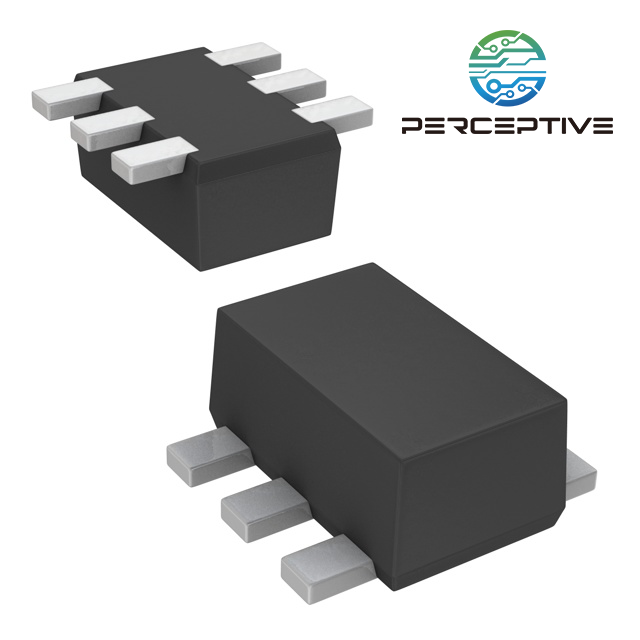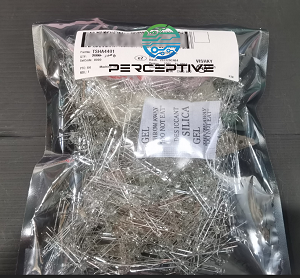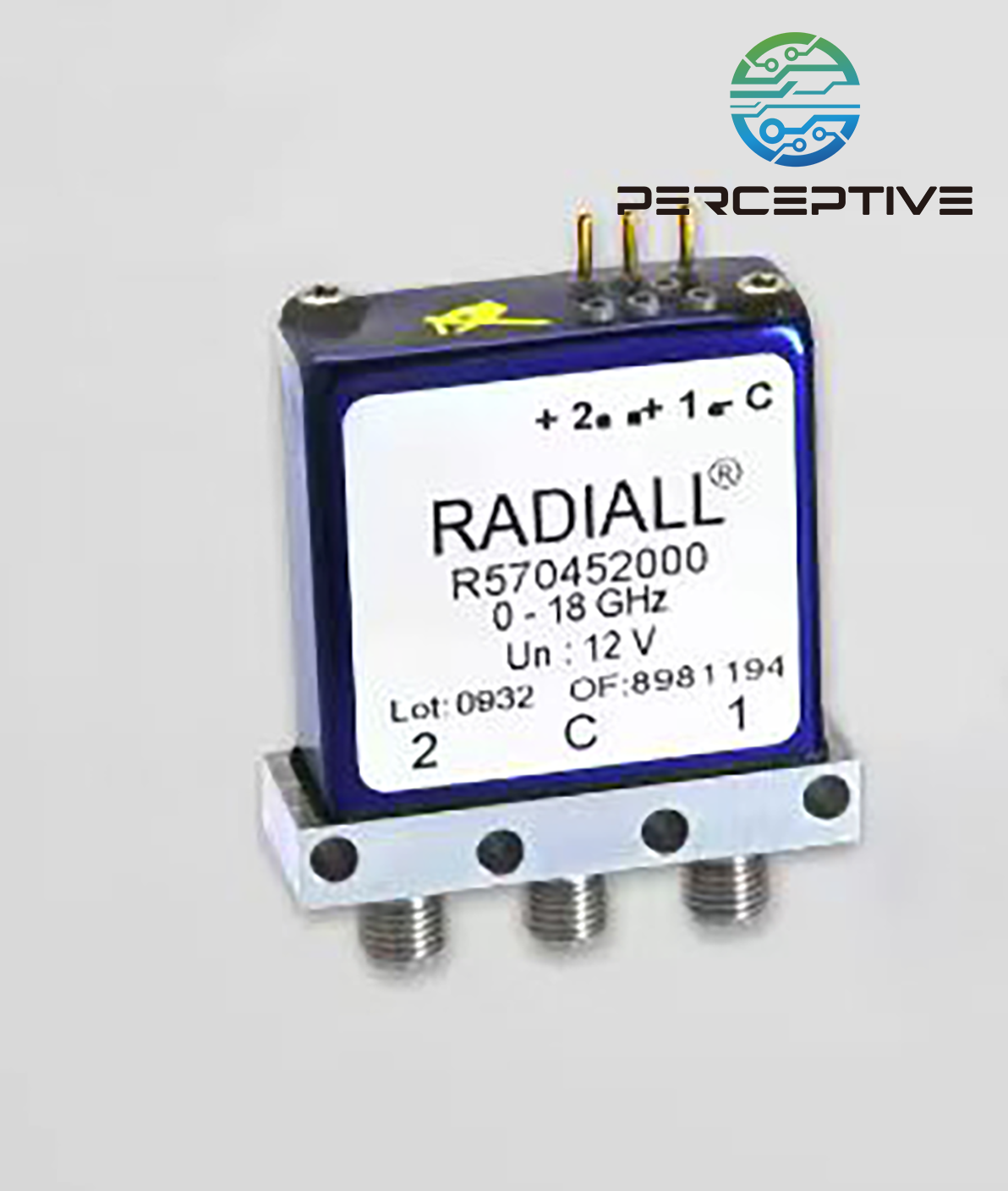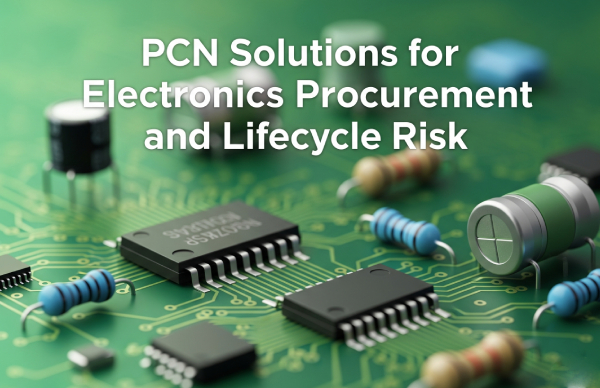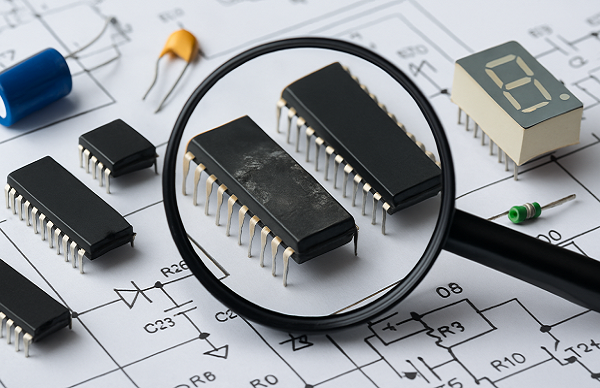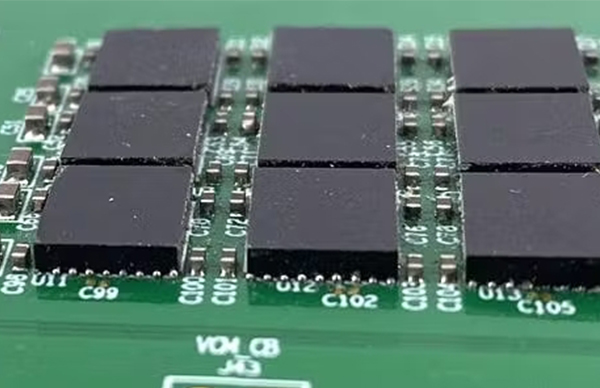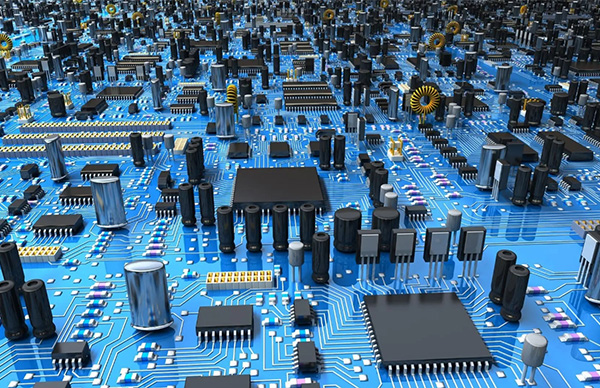SiP can preferentially assemble multiple active electronic components with different functions and optional passive devices, such as MEMS or optical devices, to achieve a single standard package with certain functions to form a system or subsystem.
The difference between SiP and 3D, Chiplet
Chiplets can be made using more reliable and cheaper technology and don't require the same process, and the smaller silicon wafers themselves are less prone to manufacturing defects. Chiplets manufactured by different processes can be integrated through advanced packaging technology. Chiplet can be regarded as a hard core form of IP, but it is provided in the form of a chip.
3D packaging is to change a large chip that originally required one-time tape-out into several small-area chips, and then assemble these small-area chips into a large chip through advanced packaging technology, that is, packaging at the silicon wafer level , so as to realize the functions and performance of large chips, and the small-area chips used are Chiplets.
Therefore, Chiplet can be said to be a unit in the package, advanced packaging is composed of Chiplet/Chip, 3D is the process method of advanced packaging, and SiP refers to the completed package as a whole. Through 3D technology, SiP can achieve higher system integration and pack more chips in a smaller area. However, whether advanced packaging technology is used is not the focus of SiP. SiP focuses on the realization of the system in the package.
SiP application scenarios
SiP technology is an advanced system integration and packaging technology. Compared with other packaging technologies, SiP technology has a series of unique technical advantages, which meet the development needs of today's electronic products to be lighter, smaller and thinner. In microelectronics The field has a broad application market and development prospects.
Communication
The application of SiP in the field of wireless communication is the earliest and the most widely used field. In the field of wireless communication, the requirements for functional transmission efficiency, noise, volume, weight and cost are getting higher and higher, forcing wireless communication to develop in the direction of low cost, portable, multi-functional and high performance. SiP is an ideal solution, which combines the advantages of existing core resources and semiconductor production processes, reduces costs, shortens time to market, and overcomes difficulties in SOC such as process compatibility, signal mixing, noise interference, and electromagnetic interference. The RF power amplifier in the mobile phone integrates functions such as frequency power amplifier, power control and transceiver switch, and is completely solved in SiP.
Car
Automotive electronics is an important application scenario for SiP. SiP applications in automotive electronics are gradually increasing. Taking the engine control unit (ECU) as an example, the ECU consists of a microprocessor (CPU), memory (ROM, RAM), input/output interface (I/O), analog-to-digital converter (A/D), and shaping and driving. Scale integrated circuit composition. Different types of chips have different processes. At present, SiP is mostly used to integrate chips together into a complete control system. In addition, various units such as automobile anti-lock braking system (ABS), fuel injection control system, airbag electronic system, steering wheel control system, tire low air pressure warning system, etc., adopt the form of SiP is also increasing. In addition, SiP technology has also been successfully applied in the rapidly growing automotive office systems and entertainment systems.
Consumer Electronics
At present, SiP is used more and more in electronic products, especially in consumer electronics fields such as TWS earphones, smart watches, and UWB, which require high miniaturization. However, smartphones account for the largest proportion, accounting for 70%. Because different components of mobile phone radio frequency systems often use different materials and processes, including silicon, silicon germanium and gallium arsenide and other passive components. The current technology is not yet able to integrate these components manufactured by different process technologies on a single silicon chip. But the SiP process can apply surface mount technology SMT to integrate silicon and gallium arsenide chips, and can also use embedded passive components to make high-performance RF systems very cost-effectively. The miniaturization of photoelectric devices, MEMS and other special process devices will also use a large number of SiP processes.
At present, from the fab, OSAT to EMS, the entire foundry industry chain has been actively invested in the research and development and practice of SiP technology.
Globally, SiP manufacturers are mainly concentrated in mainland China and Taiwan, followed by the United States and Japan. SiP manufacturers in mainland China mainly include USI, JCET, Luxshare Precision, Wingtech, Goertek, etc.; SiP manufacturers in Taiwan mainly include ASE, Siliconware, etc.; SiP manufacturers in the United States and Japan There are mainly Ankor, Murata and so on.
With the continuous evolution of electronic hardware, the cost of products in the past has continued to evolve with electronic hardware, and performance advantages have faced development bottlenecks. Advanced semiconductor packaging technology can not only increase functions, increase product value, but also effectively reduce costs. SiP combines the advantages of low cost, low power consumption, high performance, miniaturization and diversity.





